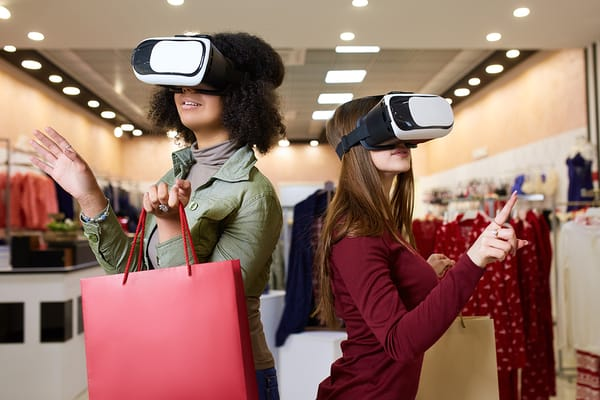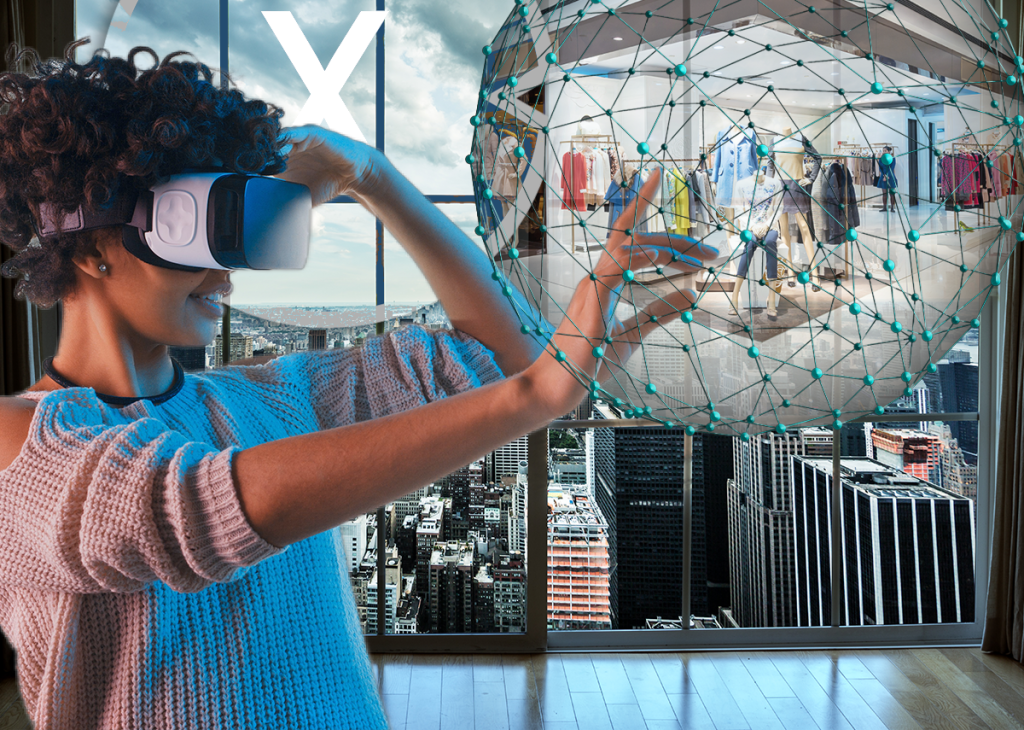In the ever – evolving digital landscape, the combination of e – commerce and the metaverse is opening up new frontiers in the world of shopping. The metaverse, a virtual shared space, is revolutionizing how consumers interact with brands and make purchases. Let’s explore how virtual shopping experiences within the metaverse are changing the e – commerce game.

I. Understanding the Metaverse and Its Link to E – Commerce
A. What is the Metaverse?
- A Virtual Shared Space
The metaverse is a virtual world where people can interact, socialize, and engage in various activities. It’s a digital universe that combines elements of augmented reality (AR), virtual reality (VR), and the internet. For example, in some metaverse platforms, users can create avatars, explore virtual environments, and communicate with others in real – time. - Technological Foundation
It is built on a foundation of advanced technologies such as blockchain, 3D modeling, and real – time rendering. These technologies enable the creation of immersive and realistic virtual experiences. For instance, blockchain can be used to ensure the ownership and authenticity of virtual items in the metaverse.
B. The Convergence with E – Commerce
- New Shopping Frontiers
The metaverse is expanding the boundaries of e – commerce. It offers a new platform for brands to showcase their products and for consumers to discover and purchase them. Instead of traditional online shopping on a 2D screen, consumers can now enter a virtual store and interact with products in a more immersive way. - Enhanced Customer Engagement
This convergence allows for enhanced customer engagement. Brands can create unique and interactive experiences that capture the attention of consumers. For example, a fashion brand might host a virtual fashion show in the metaverse, where users can watch the show, interact with other attendees, and even purchase the outfits worn by the models.
II. Virtual Shopping Experiences in the Metaverse
A. Virtual Storefronts
- Immersive Design
Virtual storefronts in the metaverse are designed to be highly immersive. They can replicate the look and feel of a physical store, with aisles, shelves, and product displays. For example, a virtual electronics store might have a layout similar to a real – world electronics retailer, with different sections for different types of products. - Interactive Features
These storefronts offer interactive features that enhance the shopping experience. Consumers can use their avatars to walk around the store, pick up products, and get detailed information about them. They can also try on virtual clothes or accessories, which is a significant advantage over traditional online shopping.
B. Product Try – Ons
- Virtual Fashion Try – Ons
In the fashion industry, virtual try – ons are becoming increasingly popular in the metaverse. Consumers can use their avatars to try on different clothing items, shoes, and accessories. This helps them visualize how the products will look on them before making a purchase. For example, a user can try on a virtual dress and see how it fits and looks from different angles. - Beauty and Cosmetics Try – Ons
Similarly, for beauty and cosmetics products, virtual try – ons are available. Consumers can apply virtual makeup to their avatars and see how different products will look on their faces. This not only saves time but also reduces the need for physical samples.

C. Social Shopping Experiences
- Shopping with Friends
The metaverse enables social shopping experiences. Consumers can invite their friends to join them in a virtual store and shop together. They can share their opinions, give each other advice, and have a more social and enjoyable shopping experience. For example, a group of friends can visit a virtual furniture store and discuss which pieces would be suitable for their homes. - Community Building
Brands can also build communities within the metaverse. They can host events, contests, and promotions that encourage consumers to interact with each other and with the brand. This helps in building brand loyalty and a sense of belonging among consumers.
III. The Impact of Metaverse Shopping on E – Commerce
A. Positive Impacts
- Increased Customer Engagement and Sales
Virtual shopping experiences in the metaverse can lead to increased customer engagement and sales. The immersive and interactive nature of these experiences can capture the attention of consumers and encourage them to make purchases. For example, a study has shown that consumers are more likely to buy products after a virtual try – on experience. - Expanded Market Reach
The metaverse allows brands to reach a global audience. Consumers from different parts of the world can access virtual stores and participate in shopping experiences. This expands the market reach of brands and can lead to increased sales.
B. Challenges and Considerations
- Technical Barriers
There are technical barriers to overcome. Not all consumers have access to the necessary hardware, such as VR headsets, to fully experience the metaverse. Additionally, the technology may not be fully developed, leading to issues such as lagging or glitches in the virtual environment. - Security and Privacy Concerns
Security and privacy are also important considerations. In the metaverse, consumers may be sharing personal information and making transactions. Brands need to ensure that the necessary security measures are in place to protect consumer data and prevent fraud.
C. Future Outlook
- Continuous Innovation
The future of e – commerce in the metaverse looks promising. We can expect continuous innovation in virtual shopping experiences. Brands will likely invest more in developing unique and engaging experiences for consumers. For example, we may see more integration of AR and VR technologies to create even more immersive shopping environments. - Mainstream Adoption
As the technology becomes more accessible and user – friendly, we can also expect mainstream adoption of metaverse shopping. More consumers will start to explore and embrace virtual shopping experiences, leading to a significant shift in the e – commerce industry.

In conclusion, the combination of e – commerce and the metaverse is creating exciting new opportunities for both brands and consumers. Virtual shopping experiences in the metaverse offer enhanced engagement, unique product interactions, and social shopping options. While there are challenges to overcome, the potential for growth and innovation in this area is vast. As the metaverse continues to evolve, it will undoubtedly play an increasingly important role in the future of e – commerce.



